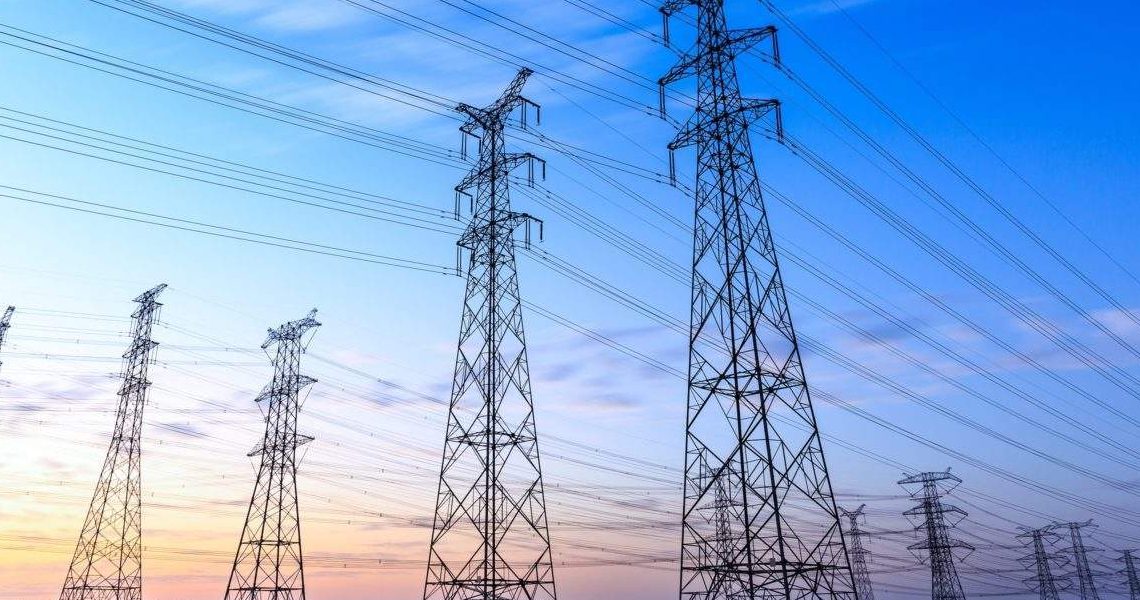

The privatisation of the power sector was launched in early 2011 and the Bureau of Public Enterprises, BPE, was saddled with the responsibility of carrying out the exercise.
The privatisation of Power Holding Company of Nigeria, PHCN, was intended to address three principal things.
These were introduction of the discipline of the private sector and improve access to private sector capital, allowing prices to become cost-reflective and therefore sustainable in the long-term without subsidies, and reducing losses from power transmitted and distributed in the system.
Also, the privatisation was intended to attract further private investment into the transmission and distribution systems.
However, the design and implementation of the privatisation process suffered from a number of weaknesses.
Many of these weaknesses were procedural and stemmed from practical difficulties in implementing the envisaged privatisation programme.
In fact, Nigeria is losing twenty-nine billion US dollars annually as a result of poor power supply despite the privatisation of the sector.
Nigerians have always been confronted with epileptic power supply and this has adverse effects on the economy.
According to the Manufacturers Association of Nigeria, forty percent of the cost of production goes into the provision of electricity and worst hit have been the Small and Medium Enterprises, SMEs.
Many companies have folded up, as they could not afford the cost of running on diesel-powered generators, which have become the main source of power supply.
A 2019 survey shows that Nigerians spent about twelve billion US dollars a year to keep about twenty-two million generators running.
There has been massive loss of jobs and a high unemployment rate, which have been aggravated by the Covid-19 pandemic.
Government’s moves to put an end to epileptic power supply through privatisation of the power sector have failed to produce the needed results, as the expected succour for Nigerians is not forthcoming.
No doubt, the process of the privatisation of the power sector did not follow due process.
All that the power sector needed was massive capital from experienced investors in the power industry, but this was not so.
It was alleged that some Nigerians bought the firms and did not pump enough funds to upgrade the companies.
Nigeria’s power generation capacity has moved from about five thousand megawatts before the privatisation to around twelve thousand megawatts, while South Africa boasts a generation capacity of over fifty-two thousand megawatts.
Out of Nigeria’s twelve thousand megawatts, only between three thousand to five thousand megawatts can be delivered.
This is as a result of the national grid which is getting older.
It is commendable that the government has brought Siemens, a recognised global player, into the power sector, while the World Bank’s injection of seven hundred and fifty million US dollars to improve the reliability of electricity supply is also a right step in the right direction.
Despite these, the privatisation of the nation’s power sector should be reviewed.
The electricity distribution networks that deliver power from transmission networks to industrial, commercial and domestic customers are financially weak, managerially inept and technically incompetent.
The five year-year performance agreement, which was due for review in December last year has to be revisited.
The power sector should come back stronger through the provision of more electricity as there is no better time for that than now that the country is faced with economic crisis as a result of the Covid-19 pandemic.
Olaolu Fawole